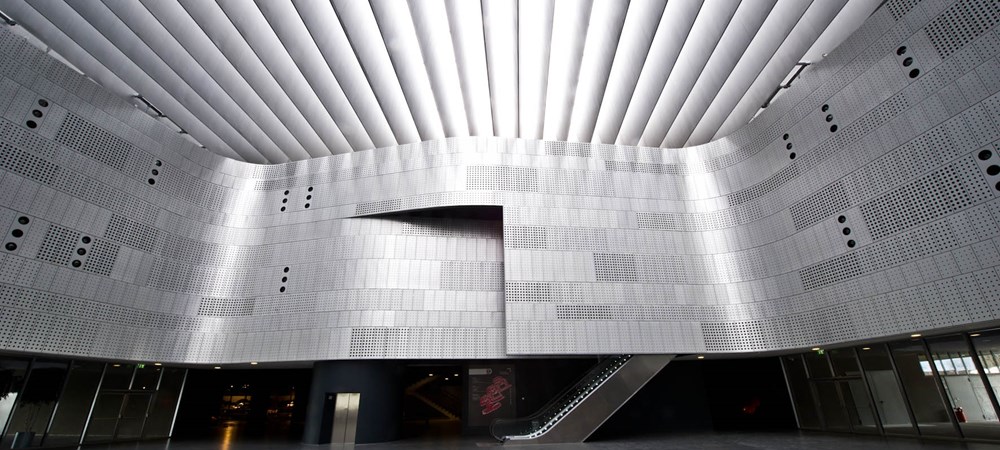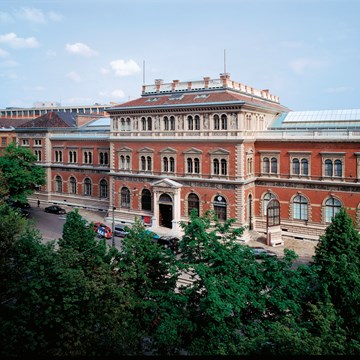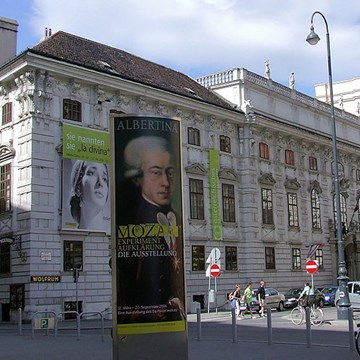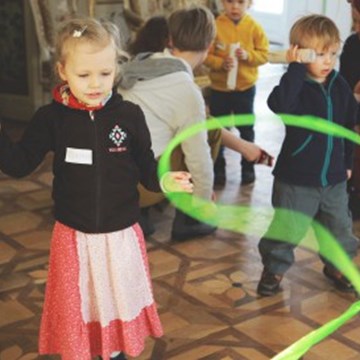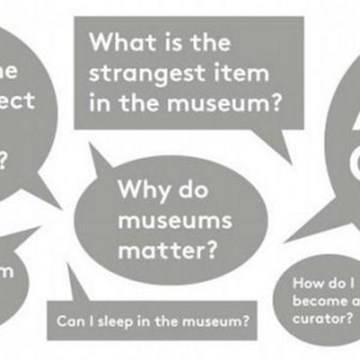The Museum’s activities for students, children and families
The Documentation centre and visits for schools:
The National Automobile Museum was created to encourage consideration of the museum not only as a place for conservation, but also to create awareness of current issues. The aim is to convey new meaning to the important heritage hosted by the Museum, multiplying its significance and including it within a broader socio-cultural context: the evolution of the automobile can be used to tell the story of evolutions and revolutions, not only technological but also social, environmental and urbanistic, touching on transversal matters such as art and design, sport and entertainment, ecology, advertising, fashion and music.
In this scenario, the educational function becomes a vital part of the extensive project to enhance the museum heritage, expressed in the research carried out by the Automobile Museum Documentation Centre and in the numerous educational activities that involve schools at all levels, from kindergarten to university.
THE DOCUMENTATION CENTRE
Reopened in 2011, thanks to the valuable cooperation of Reale Mutua Assicurazioni, the Documentation Centre fully satisfies the requirements of sharing, accessibility and extended fruition of the cultural heritage of the MAUTO. With 6,000 monographs, about 50% of which owned exclusively by the Museum, the Library spans from the history of locomotion to that of the factories and racing, from biographies and autobiographies to yearbooks, from technical works to illustrated catalogues. The Newspaper and Periodical Library is another little treasure, where 700 automobile publications in all the languages of the world are kept, 195 of which are possessed only by the Museum.
Monographs and periodicals can be searched for at www.librinlinea.it, Piedmont OPAC for the SBN (National Library Service) circuit (www.sbn.it), which lists the works under their essential details: author, title, edition, consistency in the case of a serial, library, conservation organisation and position. It is also possible to carry out a semantic research based on the Florence catalogue and the catalogue of the Automobile Museum.
Moreover, the Library has a small but very precious collection of ancient books (192 books) which contains within it outstanding details on the history of mechanics, physics and sciences between the 16th and the 19th centuries. For the documents conserved in the archive, instead, it is possible to access, through www.museoauto.it, the software Archid’HOC, which describes the Museum’s historical collections, divided into different sections (Factories, Motor racings, Biographies, C a r d e s i g n e r s , Te c h n i q u e ) , a n d t h e contemporary collection. There is a total of approximately 10,000 archive units, containing information about 1,500 car factories all over the world, 3,500 sporting events from the late 19th century, 2,000 leading names of the history of the automobile (drivers, designers, entrepreneurs, inventors, holders of patents, captains of industry, mechanics) and 150 body shops. Approximately 29,000 photographs have been registered, with 9,000 already visible online, linked to their archive datasheet (with watermark).
UNIVERSITY EDUCATION
The Documentation Centre is an important resource for university students too. From preparatory lessons to the Motor Vehicle Engineering course, presentations of the vehicles of the University Course Team, and exhibition as part of the museum itinerary of the prototypes built by students, over the years the partnership with Turin Polytechnic has grown stronger and stronger, as have those with the IED and IAAD institutes, where Director Rodolfo Gaffino Rossi holds lessons on the History of Design every year. The Museum also organises and hosts, in synergy with all the schools, open lessons by eminent personalities from the world of car design.
ACTIVITIES FOR SCHOOLS AND FAMILIES
The MAUTO is now a museum made unique by an interactive visiting system which makes it possible to connect the entertaining and engaging display with the presentation of meticulously researched details. Lots of information for a varied audience, made up of adults and children, so that they can learn while having fun, among guided tours and workshops, to learn all about the various parts that make up a vehicle or see what cars will be like in the future, analysing environmental sustainability and unleashing the creativity of aspiring young designers. Lastly, during theatrical guided tours, performer-guides explain history, staging the events that concern the places and the objects on display. Subsidised admission fees are applied for these occasions, encouraging families and schools to make the museum a place to frequent and not just to visit.
Exhibitions and events from this museum
We don't have anything to show you here.
Activities from this museum
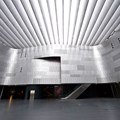
The Museum’s activities for students, children and families
The Documentation centre and visits for schools: The National Automobile...

